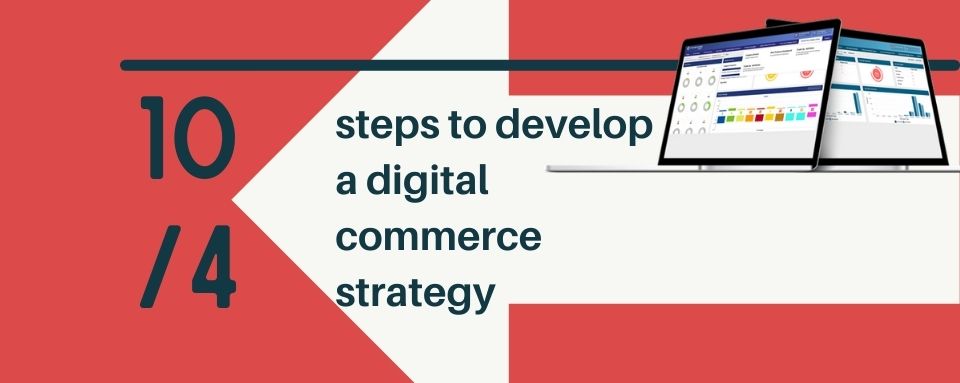
Defining your positioning and marketing goals
After the analytical phase, it is time to disclose the fourth step of the series to define a successful e-commerce strategy.
Considering the insights provided by your consumer data and changing behaviour online, it may be necessary to review your brand positioning. In the light of channels’ characteristics and type of shopper journey, the question to ask is:
- where does my brand fit into the market?
Do you want to be seen as the most informative and transparent seller of breakfast cereals? Is your goal to provide the best value for money for wholesale packs of toilet paper? Are you looking to expand the business into niche categories like vegan products? A brand positioning can be incredibly specific or broad. It is essential to figure out how to work with retailers that support your digital positioning strategy. For example, you can implement with your retailer partner some promotional activities to support the digital positioning strategy for some time.
Then ask yourself:
- what will be your gold standard when it comes to brand execution online?
Think about what a consumer expects to find on the retailer’s website about your brand or products. Online-contents have to be adapted to different grids depending on the retailer involved; however, some contents need to be sustained and under the brand’s control in order to ensure the consistency of the message across the channels.
Descriptions, images, and video content are powerful assets that can determine your online strategy’s success. Here, tools are required to check whether what is published on the retailer’s pages is in line with the brand image.
For that reason, a Digital Shelf Analytics tool can be the right tool for monitoring as it optimises time and resources.
And if you want to find out how content can become your secret weapon to win online, you can ask for the dedicated whitepaper here.
Read the other steps to optimize your eCommerce strategy here:
- Step #1 – Writing and sharing your strategy with the team
- Step #2 – Being expert about your market, competition and customers habits
- Step #3 – Analysing Shopper Insight Data to Inform Your Plan
